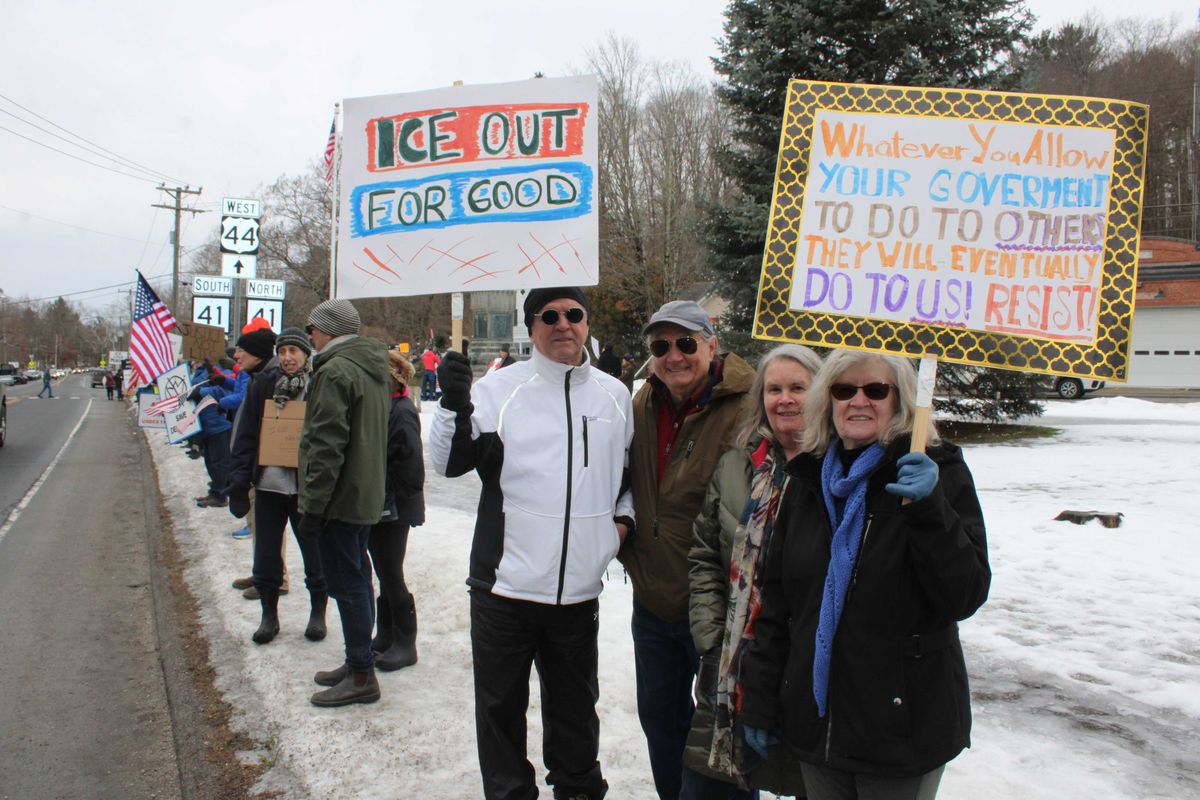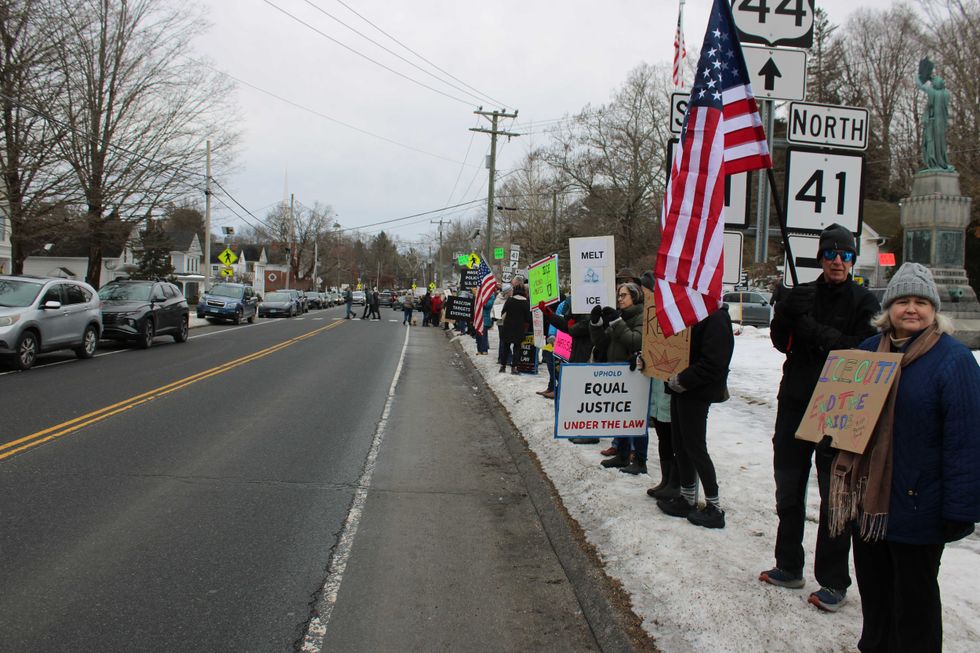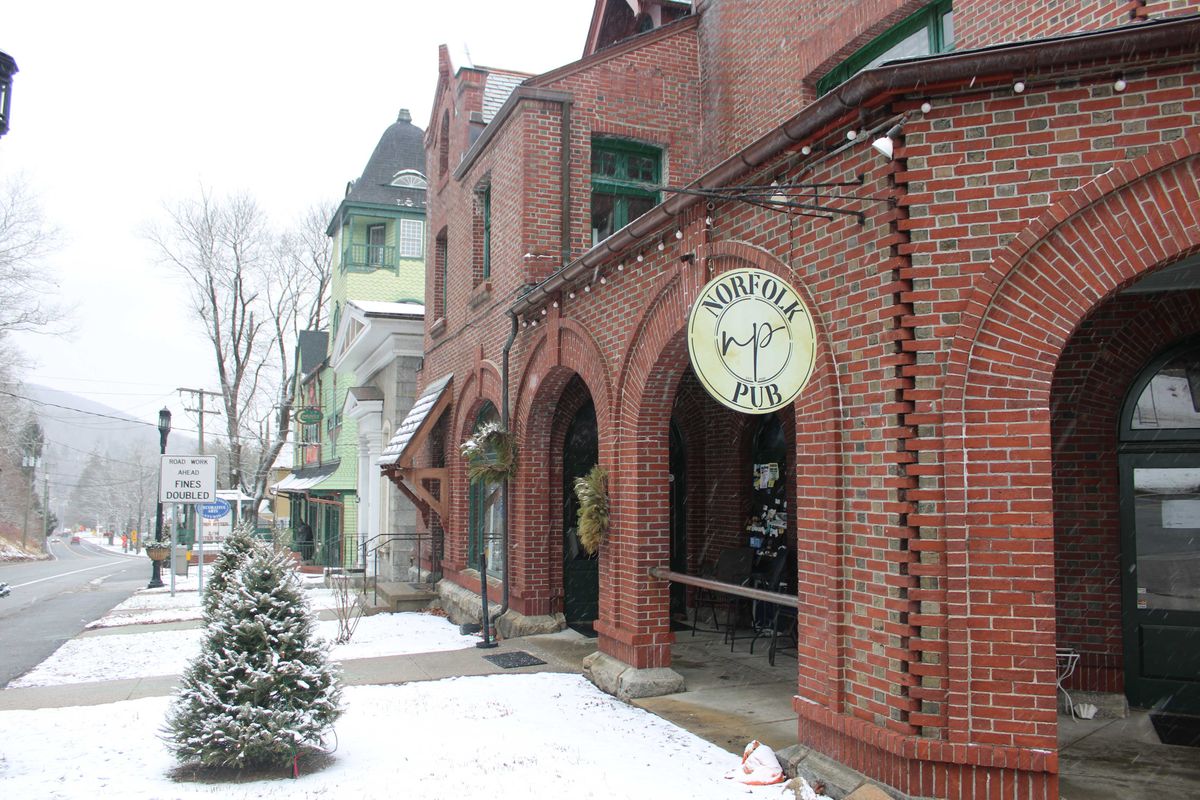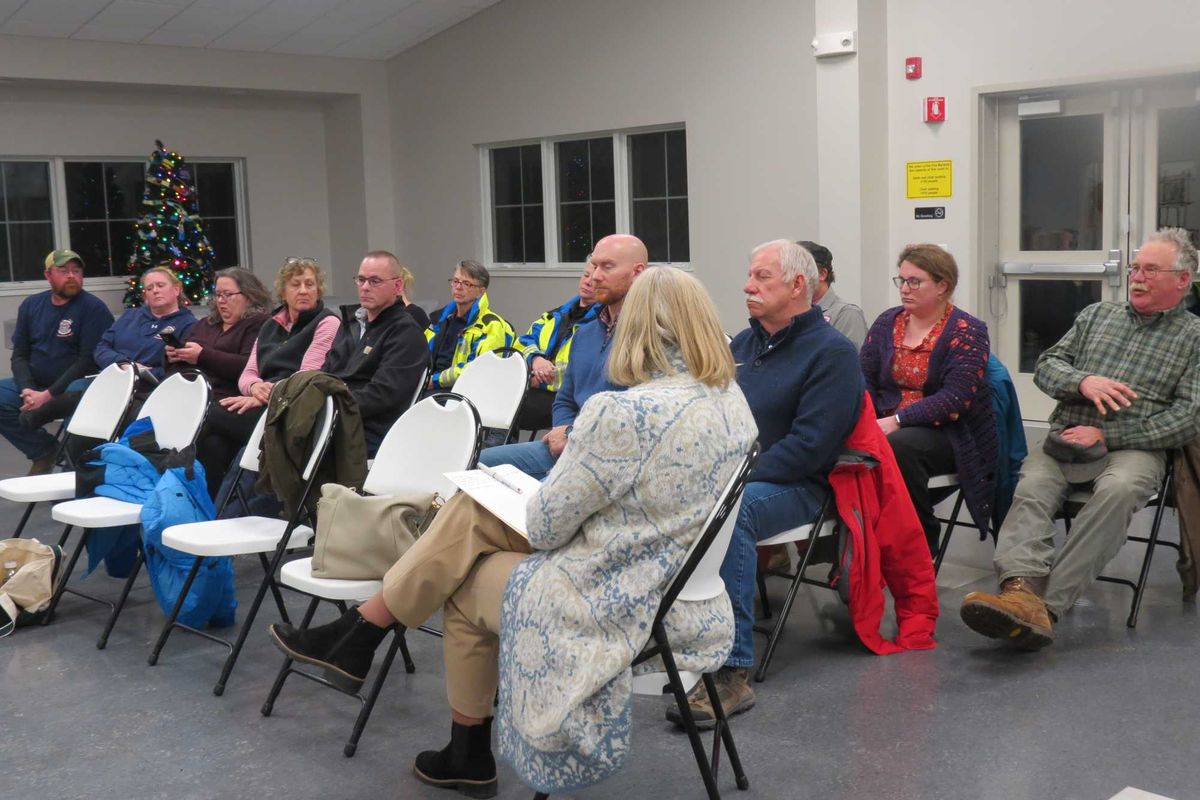There are painful elements in the grief journey, a sort of subterranean level of major adjustments that often remain undistinguished. That which is unnamed tends to have control over us and so it is useful to name them. That way we have choices.
Lack of forgiveness is a huge piece of unfinished business for just about everyone. Something said or done (or not said and not done), recently or years earlier, was never addressed. Guilt about that harsh word for the parent with dementia. Torment over never clearing up the break in the relationship. Never asking for forgiveness for being horrid that day to your loved one.
The support group is a safe space for survivor resentments or regrets to surface and be named. Sometimes that is all that is needed for healing.
That they are not spoken or revealed in some way prolongs unnecessary suffering in the recovery from loss. People tend to think the event or happening or words are the source of feeling terrible. Not speaking about all of that ends up being the real source of suffering. is the actual source.
The secrets will kill us; not the content of them.
Not being able to be real ‘outside’ in the world.
Participants often say that the group is the only environment in which they can say anything and not be judged or interrupted or even comforted. Even family and close friends are not able to hear their concerns. The grieved just cannot tell the truth when someone asks how they are doing. They feel they are burdening friends who have not had a death like theirs, so the grievers start pretending to be better than they are. Or they just leave home less often and answer the phone rarely. The loneliness that comes with this sense that who they are is not welcome “out there” can be intense.
Friends disappear or call less often. What happened to everyone?
Where did everyone go? This withdrawal of familiar contact is usually surprising and unexpected and exacerbates loneliness. Family members often grieve differently. One person may start being excitable and lively when they were never that way. Another becomes silent and withdrawn, which was not their personality. People are dealing with the shock and pain in often unexpected ways, even to them.
We are a death-averse society in the United States. To know someone who is in deep pain and who cannot put up the usual façade, is threatening to many of us. And besides, we simply do not know what to say to someone in emotional turmoil. Any death is a reminder that you, too, will die, as could your parent/spouse/child/sibling. We do not appreciate the reminder. Even though friends still cherish the survivor, they may have no idea how to be with them.
Unresolved family issues can arise that have never been addressed.
Sadly, things can get ugly quickly taking all parties by surprise.
Deaths and funerals (as well as weddings) are often occasions when unexpressed hurts, unanswered requests, broken agreements and unresolved conflicts rise fiercely to the surface. These confusing and anguishing elements are an immense added challenge for the bereaved.
The grief playing field is large; friends and family are always involved. But most of us, in a vulnerable state, are unprepared for angry words, silence, slammed doors or hang ups, not to mention family members who start lawsuits. These family dynamics are unwieldy at best and often require a third party to intervene or mediate. It all makes the grief journey complicated, indeed.
One possible intervention while everyone is alive and well, is to address relationship dynamics now. Anticipation is usually worse than the actual event. Unresolved issues do not go away with time; they may be suppressed but they do not disappear. We have all seen generations of pain continue because no one spoke. Having friends withdraw out of their discomfort and feeling that you cannot be real “out in the world” will continue while we avoid the reality of death. But we can do something about forgiveness and apologizing and asking questions and connecting with family. Now.
The Rev. Dr. Eileen L. Epperson has lived in Salisbury for 20 years. She is a Life Coach specializing in grief support, forgiveness, communication coaching, and facilitating grief support groups. Reach her at elethegriefjourney@gmail.com.


 Demonstrators line Route 44 along the Memorial Green in Salisbury on the morning of Jan. 10 to protest the federal Immigration and Customs Enforcement agency.By Alec Linden
Demonstrators line Route 44 along the Memorial Green in Salisbury on the morning of Jan. 10 to protest the federal Immigration and Customs Enforcement agency.By Alec Linden
 A notice posted on the door of the Norfolk Pub informs patrons that the establishment will accept cash only as it prepares to close at the end of the month. By Alec Linden
A notice posted on the door of the Norfolk Pub informs patrons that the establishment will accept cash only as it prepares to close at the end of the month. By Alec Linden 
 Belinde and Erick Garcia, of New Milford, are the parents of twins Gabriella and Isabella, who were the second and third babies born in Sharon Hospital in 2026. Their older siblings, Matthew, 6, and Melanie, 3, are pictured. Photo provided
Belinde and Erick Garcia, of New Milford, are the parents of twins Gabriella and Isabella, who were the second and third babies born in Sharon Hospital in 2026. Their older siblings, Matthew, 6, and Melanie, 3, are pictured. Photo provided 
 Nuvance/Northwell employees host a Jan. 5 meeting on emergency service providers. From left: Matt Cassavechia, Sharon Hospital director of emergency services; Christina McCulloch, Sharon Hospital president and CEO; Thomas Horkan, Sharon Hospital EMS coordinator; and Dr. Ron Santos, Sharon Hospital emergency room director.By Ruth Epstein
Nuvance/Northwell employees host a Jan. 5 meeting on emergency service providers. From left: Matt Cassavechia, Sharon Hospital director of emergency services; Christina McCulloch, Sharon Hospital president and CEO; Thomas Horkan, Sharon Hospital EMS coordinator; and Dr. Ron Santos, Sharon Hospital emergency room director.By Ruth Epstein 




Subtle losses: The journey that no one talks about